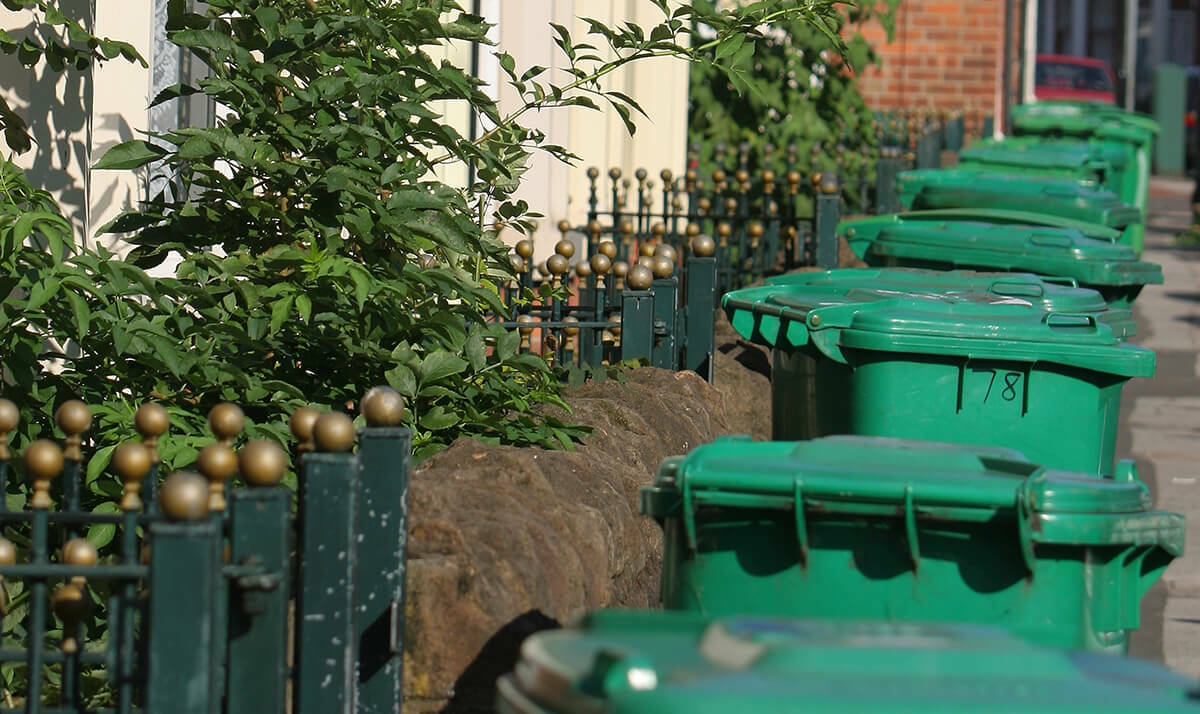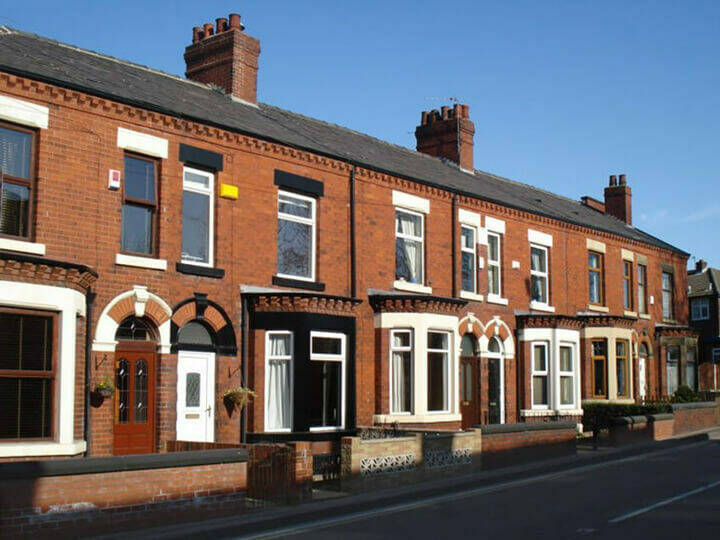Waste management is a one of the most visible of functions that the council delivers It is also labour intensive. Small amounts of time saved and reducing the number of repeat visit required has significant impact on costs.
The council is not only responsible for residential waste collection but also from commercial premises. Further, it offers various services to collect bulky waste and manages strategies for minimising fly tipping.

Location critical
Collection is inherently reliant on location, with accurate street and address data offering advantages from better planning, monitoring, decision making, and workforce optimisation.
Route optimisation
The collection routes in Nottingham were last optimised in 2011 using geospatial data. However, in the intervening period large number of new properties have been built and significant changes made to the existing stock. Large numbers of new properties have been added to the rounds on an ad hoc basis resulting in inefficiencies.
Use of tablets
Crews now work with handheld tablets containing route and address information which are used for regular rounds, missed bin collections and bulky waste collections. The waste management team estimate that without the tablets (and associated data) the efficiency of the crews is reduced by some 15 equating to around £300,000 per year.
Attribution
These efficiencies cannot be wholly attributed to the address and street data. Based on the assessment undertaken as part of the National ROI study, the team estimated that 20 would be a conservative assumption.
Calculation
This gives an estimated annual saving of just under £50,000 per annum for standard waste collection. In addition, the study considered the revenue gain to the council from bulky waste collections where crews had access to UPRN enabled addressing data.
Using a similar methodology for efficiency gains and proportion attributable to the UPRN, we estimate that additional revenue to the council of £8,000 per annum can be directly attributed to the UPRN data
Value
Discounting the net benefits from a baseline in 2022 the total impact over the period 2018-2026 is estimated at £0.6 million.
Future
Although not calculated here, more savings can be generated by undertaking regular route optimisation, using new street and address data.
This case study appears alongside several other case studies in a report on a return investment analysis that was carried out with Nottingham City Council.



